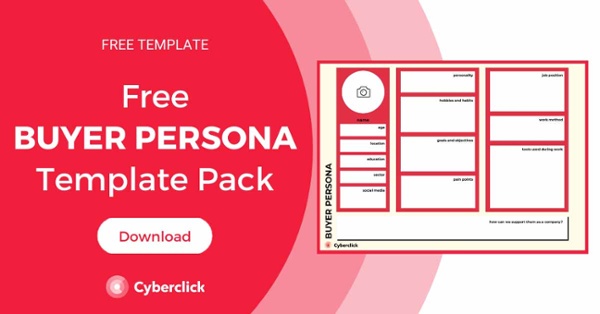While clients are a key part of many businesses, you shouldn't just think of them as entities that acquire your products, because they can in fact help you grow in many different ways. Clients are (or should be) a big part of your marketing plan, so learning and understanding how to reach them is essential.
What distinguishes an ordinary business from a remarkable one is the way in which the company designs the customer experience, from getting feedback to what happens after a purchase. This is where a customer experience map comes in because this tool can be a great way to comprehend what is going on your clients’ minds.

What Is a Customer Experience Map?
A customer experience map is a diagram that illustrates the buyer journey through a variety of touch points that the customer moves through before and after making a purchase. Essentially, it enables a company to gather data and evidence of what the customer wants and needs.
Why Is Customer Experience Mapping Important?
A good customer experience map will help you understand how a customer engages with your brand or product. Mapping customer interactions and touchpoints will help you determine how much capacity you have to make a unique proposition and will give you an insight into whether you are on the right track or not.
By understanding the customer's needs, goals, pain points, and attitudes, you can have a bigger picture of what they expect from you. And fulfilling their expectations will ultimately help your company thrive.
How to Create a Customer Experience Map
There are many different ways to create a customer experience map, and it may vary across different channels and touchpoints. Normally you would have a customer experience map for every interaction people have with your brand, i.e. one map for your website, one for your retailer, one for your customer support service, and so on.
Your customer experience map should address four key points: actions, motivations, questions, and critical points. In order to help you get started, we will pose a few questions for each point:
- Actions: What is keeping your customer from moving to the next stage of the buying process? What are the actions they need to take in order to move forward?
- Motivations: What is driving the customer to move to the next point? What is their goal? What are they feeling?
- Questions: What are the customer’s doubts? Are they looking for something specific, or are they confused?
- Critical points: What are the obstacles that prevent the customer from having the ability to move to the next stage? What is the buying process like for them? Is the price accessible?
Now let’s break down the process of creating the map.
Identify Your Buyer Persona
A buyer persona is a representation of your end consumer. It is designed based on real demographic information, habits, attitudes, and needs. This way, it will be easier to put yourself in the shoes of your target customers.
Understand the Customer
Once you have identified the moments within the customer experience map, ask yourself, what causes stress or discomfort to the customer? You should have a deep understanding of what they expect, think, and feel, so that you can design a value proposition that exceeds their expectations.
Keep Track of the Contact Points
It is essential that you record every interaction that your customers might have with your products and services. For example, if you think of a retailer, there is the customer’s arrival, their interaction with employees, the purchase procedure and the payment, the use of the facilities, feedback (if given), and so on. Anticipate what your customers might need and attempt to understand their emotions throughout the whole process.
Evaluate Your Performance
You must identify the most important moments for the customer, those to which they give the highest priority when considering their satisfaction. Here, it is important that you identify which things you are doing well and where there is room for improvement.
Design the Map
Once you have identified all the previous elements, it is time to design your own customer experience map. In doing so, you should include the touch points, what the customer expects, what the customer receives and any other information you consider useful.
Remember to understand your overall objectives. You need to consider whether your customer's needs are being met when they come to your business, what pain points they have, what your competition is providing, and where in the purchase process people leave.
Customer Experience Mapping Tools and Examples
If you feel a bit unsure of how to map customer experience, you can use a template. There are many on the Internet, and they are often very intuitive. Let’s take a look at some of them.
Miro
Miro is a wonderful example of a well-designed mapping tool. After a quick registration, you can jump straight in and play around or check out a 2-minute video before getting started in order to get a basic understanding. It is very intuitive and the template has all the basic questions you need so that you can get to work quickly.
Canvanizer
Canvanizer works almost exactly like Miro but it does not have as many colors. However, this tool offers a more in-depth layout and includes other elements that may influence customers like word-of-mouth, social media or a brainstorming space, which may be great for your needs.
A…Whiteboard?
If you like to keep things simple, you can just use a good old whiteboard. You probably have one in your office or you can buy one quite cheaply. Drawing a few lines and using post-its just like in the picture above is also an option. Up to you!
Whichever option you choose, understanding and empathizing with customers is the foundation for meaningful interactions and successful business results. A customer experience map will allow you to better understand and connect with your customers.
Licenciada en Publicidad y Relaciones Públicas por la UAB. Digital Marketing Strategist en Cyberclick.
Degree in Advertising and Public Relations from the UAB. Digital Marketing Strategist at Cyberclick.






Leave your comment and join the conversation